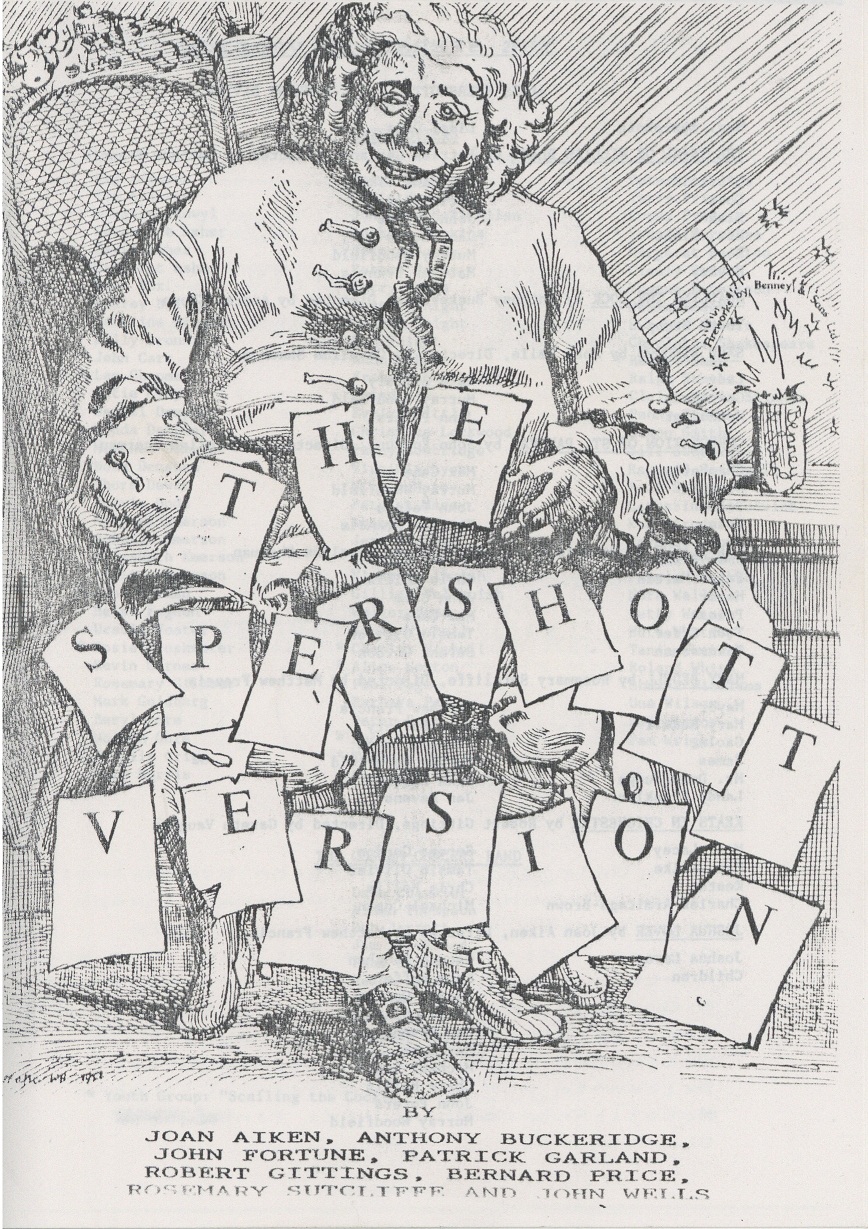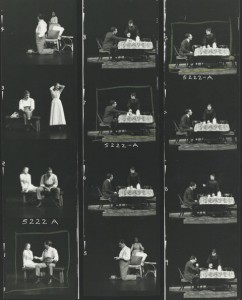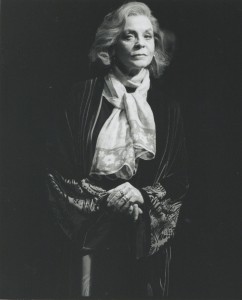
During the course of Chichester Festival Theatre’s Community Heritage project, Pass It On, a group of ladies from the Lavant Valley DFAS volunteered their Monday mornings to the theatre. Working in pairs, the ladies spent their time sorting and listing press cuttings of CFT productions, starting from the very first season in 1962. The work they completed provides researchers and academics an invaluable resource to use when delving into the CFT archive. During their time volunteering on the project the DFAS volunteers contributed just short of 1200 working hours, which totals almost 150 working days’ worth of time which we are exceptionally grateful for.
The work of the Lavant Valley group has recently been featured on the NADFAS website as part of National Volunteers week. A link to the article can be found here.




 Volunteer Janet Green has worked with Pass It On on our exhibition
Volunteer Janet Green has worked with Pass It On on our exhibition 





























